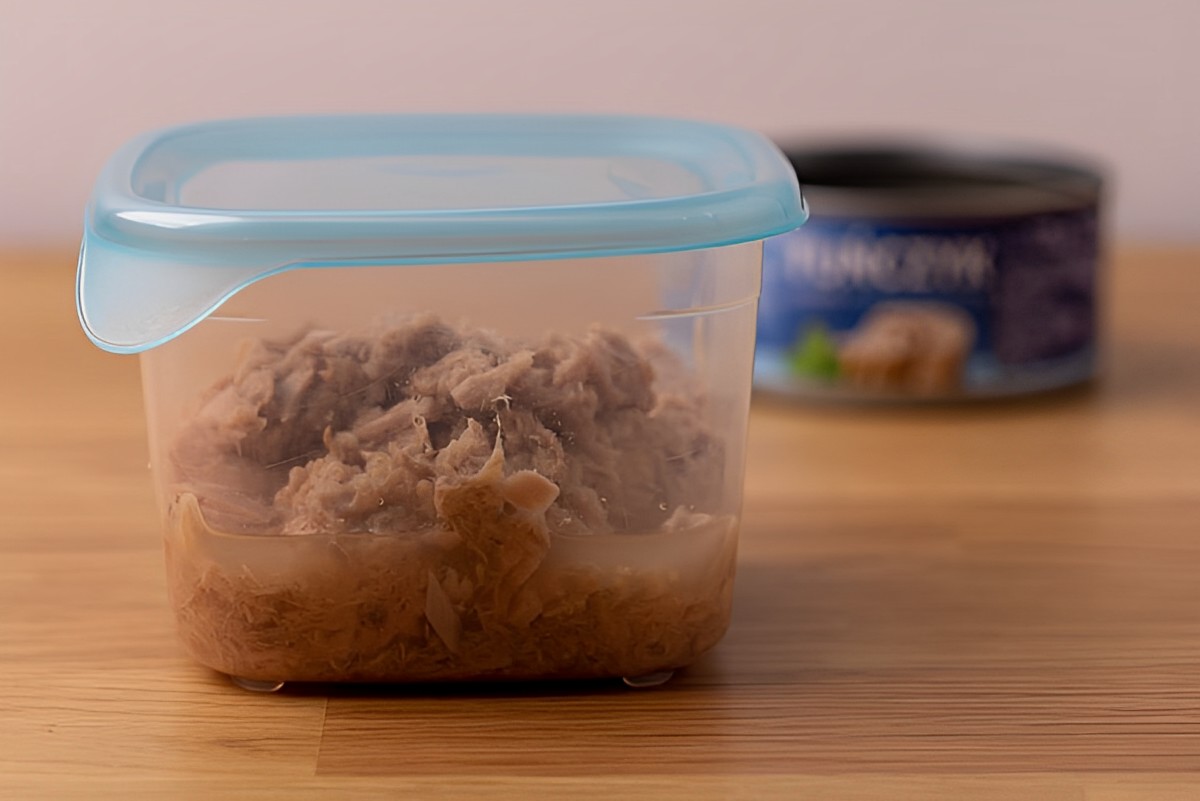

Articles
How To Store Canned Tuna After Opening
Modified: February 23, 2024
Learn the best methods and tips for storing canned tuna after opening. Read our informative articles to keep your tuna fresh and delicious.
(Many of the links in this article redirect to a specific reviewed product. Your purchase of these products through affiliate links helps to generate commission for Storables.com, at no extra cost. Learn more)
Introduction
Opening a can of tuna is a convenient and versatile way to add protein to your meals. However, once you’ve cracked open that can, it’s important to know how to properly store the remaining tuna to maintain its freshness and quality. In this article, we will discuss the recommended storage methods for canned tuna after opening, including refrigerating, freezing, and storing in oil.
Canned tuna is a popular pantry staple due to its long shelf life and ease of preparation. Whether you use it for sandwiches, salads, or pasta dishes, it’s crucial to handle and store the remaining tuna properly to avoid any potential health risks.
By following the guidelines outlined in this article, you’ll be able to maximize the shelf life of your canned tuna and ensure its optimal taste and texture for future meals.
Key Takeaways:
- Properly storing canned tuna after opening is crucial for maintaining its freshness and safety. Refrigerating or freezing the tuna, using airtight containers, and practicing good hygiene are key to maximizing its shelf life.
- Understanding the shelf life and signs of spoilage of canned tuna is essential for ensuring its quality and safety. Trust your senses, practice proper labeling, and discard any tuna showing signs of spoilage to avoid health risks.
Read more: How To Store Canned Tuna
Recommended Storage Methods
When it comes to storing canned tuna after opening, there are a few methods that are commonly recommended. These methods help to preserve the freshness and taste of the tuna, allowing you to enjoy it for longer periods of time. The two main storage methods for canned tuna after opening are refrigerating and freezing, and the choice between them depends on your specific needs and preferences.
Refrigerating canned tuna is a popular storage method, especially if you plan on consuming the tuna within a few days after opening. To refrigerate canned tuna, transfer the contents of the can into an airtight container and place it in the refrigerator. This will help to prevent any odors from permeating the tuna and maintain its flavor. Additionally, refrigeration slows down the growth of bacteria, extending the shelf life of the tuna.
If you have a larger amount of opened canned tuna that you don’t plan on consuming within a few days, freezing is a viable storage option. Freezing canned tuna not only preserves its freshness but also expands its storage life for several months. To freeze canned tuna, transfer the tuna to a freezer-safe container or plastic bag, remove as much air as possible, and seal it tightly. Make sure to label the container with the date of freezing to keep track of its storage time.
Another storage method that is worth mentioning is storing canned tuna in oil. Some varieties of canned tuna are packed in oil, and this oil can help to preserve the tuna’s flavor and texture. If you have opted for canned tuna in oil, you can store it directly in the can after opening, as long as it is tightly sealed. However, if you prefer to transfer it to a different container, make sure to use one that is airtight to prevent any spoilage. Keep in mind that tuna stored in oil has a shorter shelf life than tuna stored in water or brine.
Regardless of the storage method you choose, it is crucial to handle canned tuna with proper hygiene. Always wash your hands before and after handling the tuna, and make sure the containers or bags used for storage are clean and dry. This will help to prevent any cross-contamination and maintain the quality of the tuna.
Refrigerating Canned Tuna
Refrigeration is a popular method for storing canned tuna after opening, especially if you plan on consuming it within a few days. The cool temperature of the refrigerator helps to slow down the growth of bacteria, ensuring the freshness and quality of the tuna.
To refrigerate canned tuna, start by transferring the contents of the can into an airtight container. Opt for a container that is made of glass or BPA-free plastic to avoid any potential chemical leaching. Make sure the container is clean and dry before transferring the tuna to it.
Seal the container tightly to prevent any odors from seeping into the tuna and affecting its taste. If the original can has an easy-to-reseal lid, you can choose to refrigerate the tuna in the can itself, as long as it is sealed securely.
Once the canned tuna is properly stored in an airtight container, place it in the refrigerator. The ideal temperature for storing canned tuna is between 32°F (0°C) and 39°F (4°C). It is worth noting that the tuna may lose some of its moisture and become slightly drier when refrigerated. However, this does not impact its overall quality or safety.
When it comes to the shelf life of refrigerated canned tuna, it is recommended to consume it within 3-4 days of opening the can. After this period, the tuna may start to lose its flavor and texture. Pay attention to any signs of spoilage, such as a foul odor, slimy texture, or discoloration, and discard the tuna if you notice any of these indicators.
Refrigerated canned tuna can be used in various dishes, including sandwiches, salads, and casseroles. Make sure to store any leftover prepared meals containing canned tuna in the refrigerator and consume them within the recommended time frame.
By following these guidelines, you can ensure that your refrigerated canned tuna remains fresh and safe to eat, allowing you to enjoy it at your convenience.
Freezing Canned Tuna
If you have a larger amount of opened canned tuna that you won’t be able to consume within a few days, freezing is an excellent storage option. Freezing canned tuna not only extends its storage life but also helps to preserve its freshness and flavor for future use.
To freeze canned tuna, start by transferring the tuna to a freezer-safe container or a plastic bag. Ensure that the container or bag is clean and dry before adding the tuna. If you’re using a plastic bag, squeeze out as much air as possible before sealing it tightly. This will help to prevent freezer burn and maintain the quality of the tuna.
It’s important to label the container or bag with the date of freezing. This allows you to keep track of the storage time and ensures that you use the oldest tuna first. Frozen canned tuna can be safely stored in the freezer for up to 3 months without experiencing a significant loss in quality.
When you’re ready to use the frozen canned tuna, remove the desired amount from the freezer and let it thaw in the refrigerator overnight. Thawing the tuna slowly in the refrigerator helps to maintain its texture and moisture content. Once thawed, use the tuna within 24 to 48 hours for the best quality and flavor.
It’s important to note that freezing can cause a slight change in the texture of the tuna. The freezing process may make the tuna slightly softer or more crumbly. However, this does not affect its taste or safety. The thawed tuna can still be used in various dishes, including salads, pasta, sandwiches, and casseroles.
When handling frozen canned tuna, make sure to practice good food safety habits. Always thaw the tuna in the refrigerator and avoid thawing it at room temperature, as this can lead to bacterial growth. Additionally, never refreeze tuna that has been previously thawed to maintain its quality and minimize the risk of spoilage.
By properly freezing canned tuna and following the recommended thawing guidelines, you can extend its shelf life and have a readily available protein source for your favorite recipes, even long after its original can was opened.
Storing Canned Tuna in Oil
Some varieties of canned tuna come packed in oil, which not only adds flavor but also helps to preserve the tuna’s texture and moisture. If you’ve opted for canned tuna in oil, you can store it directly in the can after opening, as long as it is tightly sealed. However, if you prefer to transfer it to a different container, there are a few guidelines to keep in mind.
When storing canned tuna in oil, it is important to choose a container that is airtight. This prevents any contact with air, which can lead to oxidation and spoilage. Glass jars with tight-fitting lids or BPA-free plastic containers with secure seals are ideal options for storing tuna in oil.
If you choose to transfer the tuna and oil to a different container, ensure that the container is completely clean and dry before adding the tuna. Any moisture can lead to the growth of bacteria or cause the oil to become rancid. Additionally, make sure to handle the tuna with clean utensils to avoid any contamination.
Once the canned tuna is transferred to an airtight container, seal it tightly to maintain the freshness and prevent any leakage. Store the container in a cool, dark place to prolong the shelf life of the tuna. Avoid exposing it to direct sunlight or high temperatures, as this can cause the oil to spoil more quickly.
It’s worth noting that canned tuna stored in oil has a shorter shelf life compared to tuna stored in water or brine. It is recommended to consume tuna stored in oil within 2-3 days of opening the can. Pay attention to any signs of spoilage, such as a strong odor, mold growth, or changes in color or texture. If you notice any of these signs, it’s best to discard the tuna to ensure your safety.
When using canned tuna stored in oil, you can drain off the excess oil before incorporating it into your recipes. This will help to reduce the calorie and fat content, if desired. However, keep in mind that draining the oil may also result in slightly drier tuna.
By properly storing canned tuna in oil and paying attention to its shelf life, you can enjoy the rich flavor and moist texture of this variety for your favorite tuna salads, sandwiches, or pasta dishes.
After opening canned tuna, transfer any leftovers to an airtight container and store in the refrigerator. Use within 2-3 days for best quality and flavor.
Read more: How To Store Anchovies After Opening Can
Using Airtight Containers
When it comes to storing canned tuna after opening, using airtight containers is essential. Airtight containers help to maintain the freshness, flavor, and texture of the tuna by preventing air, moisture, and odors from affecting it. Here are some key considerations when choosing and using airtight containers for storing canned tuna:
Types of Airtight Containers: Opt for containers that are specifically designed to be airtight. Glass jars with screw-top lids, BPA-free plastic containers with locking lids, or silicone-sealed containers are excellent choices. These containers provide a strong and reliable seal, preventing any air or moisture from entering and compromising the quality of the tuna.
Sealing the Containers: Make sure to seal the containers properly to create an airtight environment. Double-check that the lids or seals are tightly secured. If using containers with locking mechanisms, ensure that all the sides are properly clicked into place. This will prevent any leaks or air exposure that could lead to the tuna spoiling more quickly.
Container Size: Consider the size of the container in relation to the amount of tuna you will be storing. It’s important to have a container that has enough space to accommodate the tuna without leaving excessive air gaps. This helps to minimize potential oxidation and maintain the freshness of the tuna. However, avoid using oversized containers as they can lead to unnecessarily large storage spaces and make it difficult to organize your pantry or refrigerator.
Cleanliness and Dryness: Before transferring the tuna to the airtight container, ensure that both the container and its lid are thoroughly cleaned and dried. Any residual moisture can create a breeding ground for bacteria and cause the tuna to spoil more quickly. Additionally, make sure that your utensils and hands are clean when handling the tuna to prevent any cross-contamination.
Proper Storage Conditions: Once you’ve stored the canned tuna in an airtight container, it’s crucial to store it in the appropriate conditions. Keep the container in a cool, dark place, away from direct sunlight or high temperatures. Extreme heat can cause the seal to deteriorate or the container to warp, compromising its ability to maintain an airtight environment. By storing the tuna in optimal conditions, you can ensure its freshness and quality for a longer period of time.
Using airtight containers is a simple yet effective way to preserve the flavor, texture, and shelf life of canned tuna after opening. By following these guidelines, you can enjoy the convenience of canned tuna while maintaining its optimal taste and quality for your meals.
Proper Labeling and Date Tracking
When storing canned tuna after opening, proper labeling and date tracking are essential practices. These practices help you keep track of the storage time and ensure that you use the tuna within its recommended shelf life. Here’s why labeling and date tracking are important and how you can implement them:
Labeling: Labeling your stored canned tuna provides crucial information about its contents and helps avoid confusion. Clearly indicate the type of tuna (e.g., chunk, solid, or flaked), whether it’s in water or oil, and any other relevant details. This will make it easier to locate and identify specific cans or containers when you are ready to use them.
Date Tracking: Dating your stored canned tuna allows you to monitor its freshness and ensure that you use the oldest cans first. This is particularly important when you have a larger quantity of tuna or when you’re using different types of tuna with varying shelf lives. Write the date of opening or freezing on each container to keep track of how long the tuna has been stored.
Permanent Marker: Use a permanent marker to write the date on the cans or containers. Make sure to choose a marker that is labeled as food-safe and waterproof to prevent the ink from smudging or fading over time. Writing on the lids or sides of the containers is recommended for easy visibility.
Date Format: Determine a consistent date format to use for labeling your canned tuna. This can be as simple as writing the month and day (e.g., MM/DD) or using a more detailed format that includes the year. Choose a format that works best for you and ensures clarity in understanding the date.
Storage Rotation: Implementing a system of storage rotation ensures that you use the oldest canned tuna first. When adding newly purchased or opened cans to your storage area, make a conscious effort to place them behind the existing cans. This way, you will naturally reach for and use the older cans before they exceed their recommended shelf life.
Regular Checks: Regularly check the labeled dates on your canned tuna to keep track of how long they have been stored. Perform periodic inspections to look for any signs of spoilage, such as bulging cans, rust, or damage to the containers. If you notice any issues or the tuna is past its recommended shelf life, it’s best to discard it to ensure your safety.
By implementing proper labeling and date tracking practices, you can optimize the storage of your canned tuna, minimize food waste, and ensure that you consume it while it’s still fresh and safe to eat.
Storing Opened Cans in the Fridge
When it comes to storing opened cans of tuna in the fridge, it’s important to follow proper guidelines to maintain the freshness and safety of the tuna. Here’s what you need to know about storing opened cans of tuna in the refrigerator:
Transfer to airtight containers: After opening a can of tuna, it’s recommended to transfer the remaining tuna into a clean, airtight container. This helps to minimize exposure to air and prevents odors from other foods in the fridge from affecting the taste of the tuna.
Airtight container selection: Choose a container made of glass or BPA-free plastic with a tight-fitting lid. Make sure the container is properly cleaned and dried before transferring the tuna to eliminate any bacteria or moisture that could compromise the quality of the tuna.
Seal the container tightly: Ensure that the container’s lid is tightly sealed to create a protective barrier against air and potential contaminants. A secure seal helps to maintain the freshness of the tuna and prevent it from absorbing unwanted odors from other fridge items.
Labeling and dating: It’s important to label the container with the date of opening and properly track its storage time. Using a permanent marker, write the date directly on the container to help you keep track and use the tuna within its recommended shelf life.
Temperature and placement: Place the airtight container of opened canned tuna in the refrigerator, where the temperature should be set between 32°F (0°C) and 39°F (4°C). Position the container in a cool part of the fridge, away from strong-smelling foods, to prevent the development of off-flavors or odors in the tuna.
Recommended shelf life: It’s generally recommended to consume opened cans of tuna within 3-4 days of opening. Beyond this timeframe, the tuna may start to lose its freshness and quality. Regularly check for any signs of spoilage, such as a strong odor, slimy texture, or changes in color, and discard the tuna if you observe any of these indicators.
Storing opened cans of tuna in the fridge allows you to safely enjoy the remaining tuna for a few more days. By following these proper storage practices, you can minimize food waste and ensure that the tuna maintains its taste and texture until you’re ready to use it.
Shelf Life and Signs of Spoilage
Understanding the shelf life of canned tuna and being able to identify signs of spoilage is crucial for ensuring the quality and safety of the tuna you consume. Here’s what you need to know about the shelf life of canned tuna and the signs to look out for when determining if it has spoiled:
Shelf Life: Unopened cans of commercially canned tuna have a long shelf life, typically ranging from 2 to 5 years. The exact shelf life may vary based on the manufacturing process, packaging, and storage conditions. It’s important to check the expiration date on the can before consuming the tuna to ensure its freshness.
Opened Tuna Shelf Life: Once a can of tuna has been opened, the shelf life is significantly reduced. It is generally recommended to consume opened canned tuna within 3-4 days. This recommendation is based on maintaining the best quality and minimizing the risk of bacterial growth and foodborne illness. However, use your judgment and check for signs of spoilage before consuming the tuna.
Signs of Spoilage: When inspecting canned tuna, look out for the following signs of spoilage:
- Foul Odor: If the canned tuna emits a strong, unpleasant odor that is significantly different from its normal smell, it may indicate spoilage. Trust your nose and discard the tuna if it has a rancid or foul smell.
- Texture Changes: Pay attention to the texture of the tuna. If it feels slimy, mushy, or excessively soft, it is likely a sign of spoilage. Fresh tuna should have a firm texture.
- Discoloration: Examine the color of the tuna. If you notice any unusual or significant changes in color, such as a darker appearance or the presence of mold, it is best to discard the tuna.
- Bulging Cans: In the case of canned tuna, bulging or swollen cans can indicate bacterial contamination and potential spoilage. Do not consume any tuna from cans that are bulging or have compromised seals.
Trust Your Senses: When it comes to determining the freshness and safety of canned tuna, trust your senses. If anything seems off or unusual, it’s better to err on the side of caution and discard the tuna to avoid any potential health risks.
Properly assessing the shelf life and identifying signs of spoilage is essential for ensuring that the canned tuna you consume is safe and enjoyable. By understanding these guidelines, you can confidently make decisions regarding the freshness and quality of your canned tuna.
Read more: How To Store Canned Beans After Opening
Conclusion
Storing canned tuna properly after opening is essential for maintaining its freshness, flavor, and safety. By following the recommended storage methods, such as refrigerating or freezing, you can extend the shelf life of the tuna and ensure its optimal quality for future use.
Refrigerating opened cans of tuna is a convenient option when you plan on consuming it within a few days. Transferring the remaining tuna to an airtight container and keeping it in the refrigerator helps to slow down bacterial growth and preserve its taste and texture.
For larger quantities of opened canned tuna, freezing is an excellent storage option. Properly packaging the tuna in freezer-safe containers or bags helps to maintain its freshness for several months, allowing you to enjoy it at your convenience.
If you’ve opted for canned tuna in oil, storing it in the original can or an airtight container helps to preserve its flavor and texture. However, be mindful of the shorter shelf life of tuna stored in oil and consume it within a few days of opening.
Using airtight containers is crucial in maintaining the freshness and preventing contamination of canned tuna. Select appropriate containers, seal them tightly, and practice proper labeling and date tracking to keep track of the storage time.
Ultimately, understanding the shelf life of canned tuna and being able to identify signs of spoilage is important for ensuring its quality and safety. Trust your senses and discard any tuna that exhibits a foul odor, slimy texture, discoloration, or other signs of spoilage.
By following these guidelines for storing canned tuna after opening, you can make the most of this versatile and convenient protein source while maintaining its taste, texture, and safety. Remember to handle the tuna with proper hygiene, and enjoy the delicious meals you can create with canned tuna in a worry-free manner.
Frequently Asked Questions about How To Store Canned Tuna After Opening
Was this page helpful?
At Storables.com, we guarantee accurate and reliable information. Our content, validated by Expert Board Contributors, is crafted following stringent Editorial Policies. We're committed to providing you with well-researched, expert-backed insights for all your informational needs.



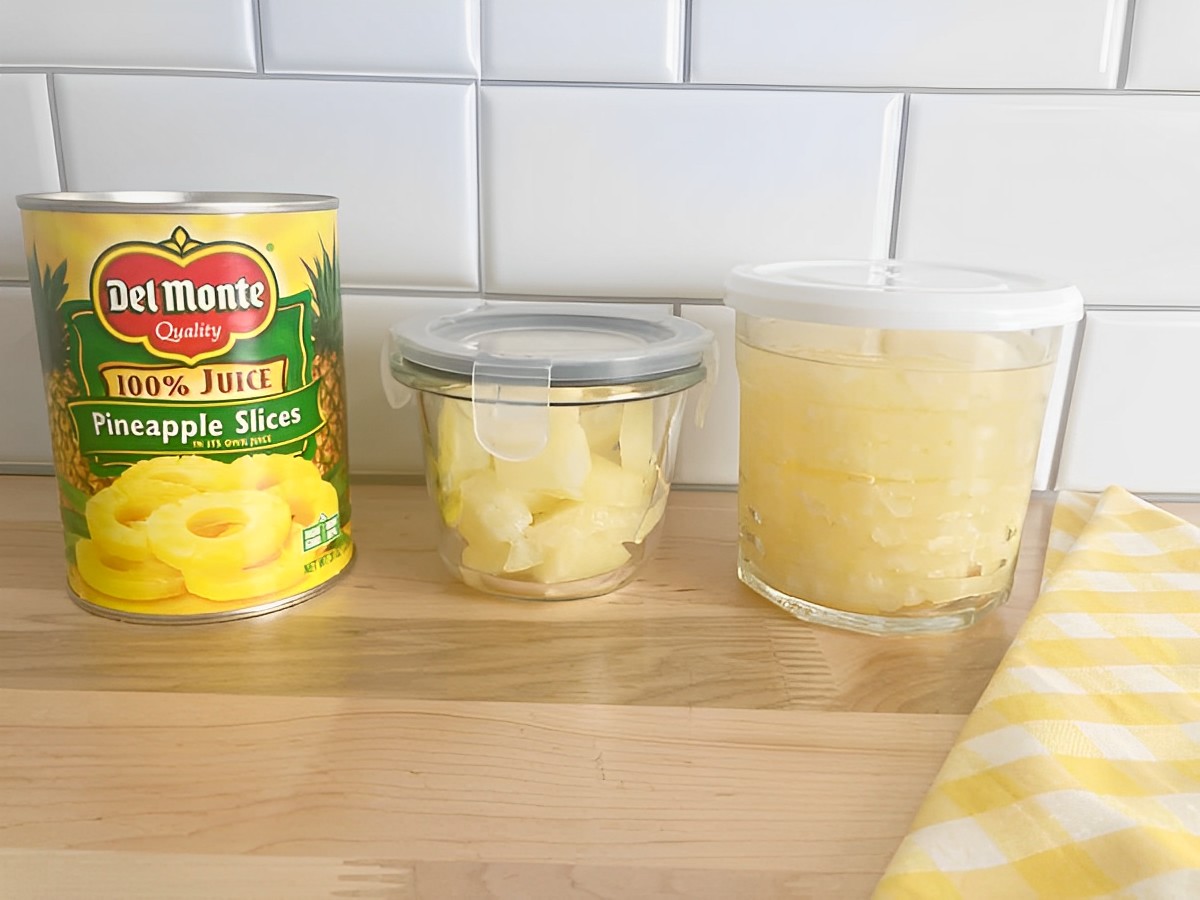
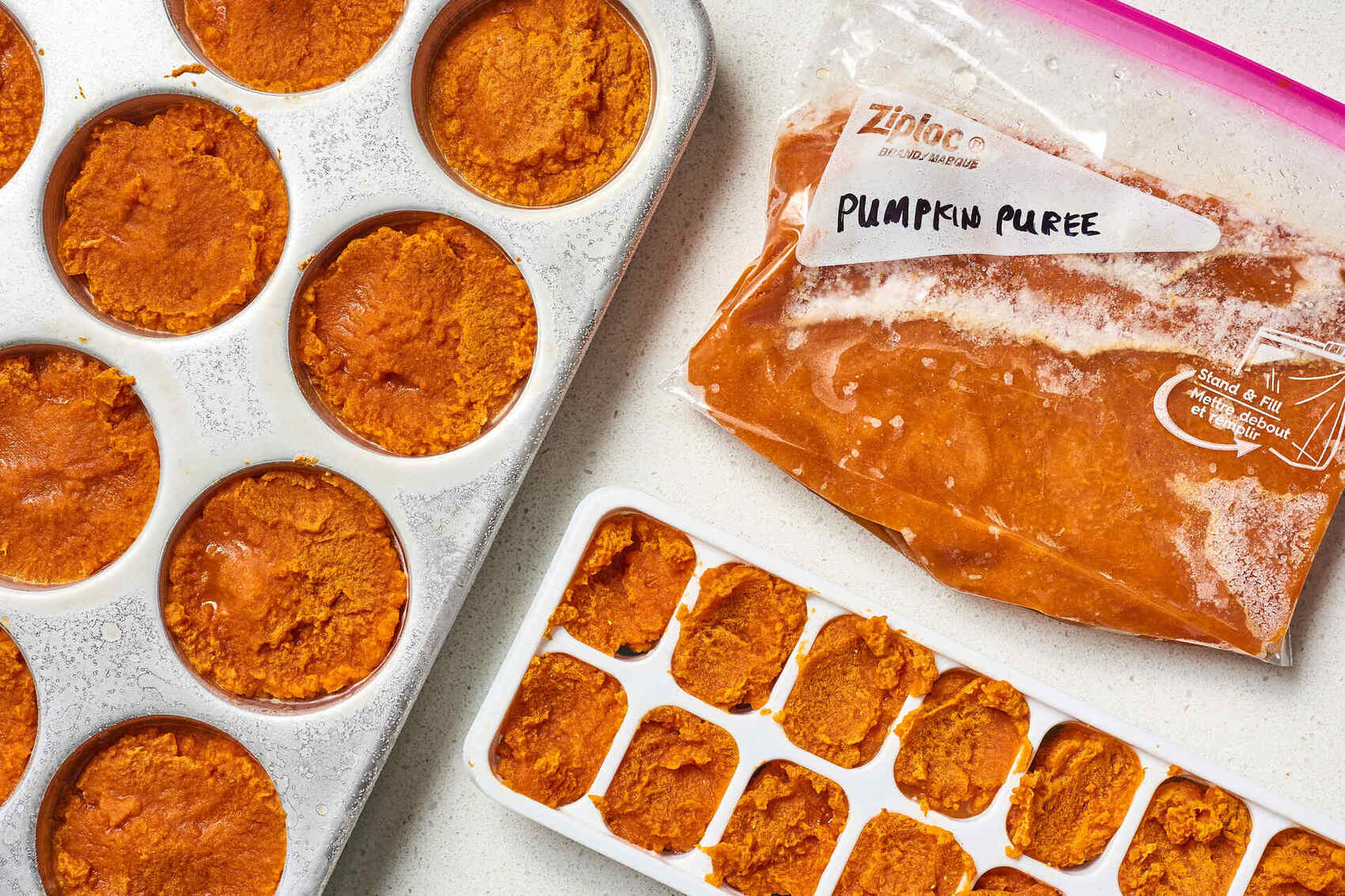

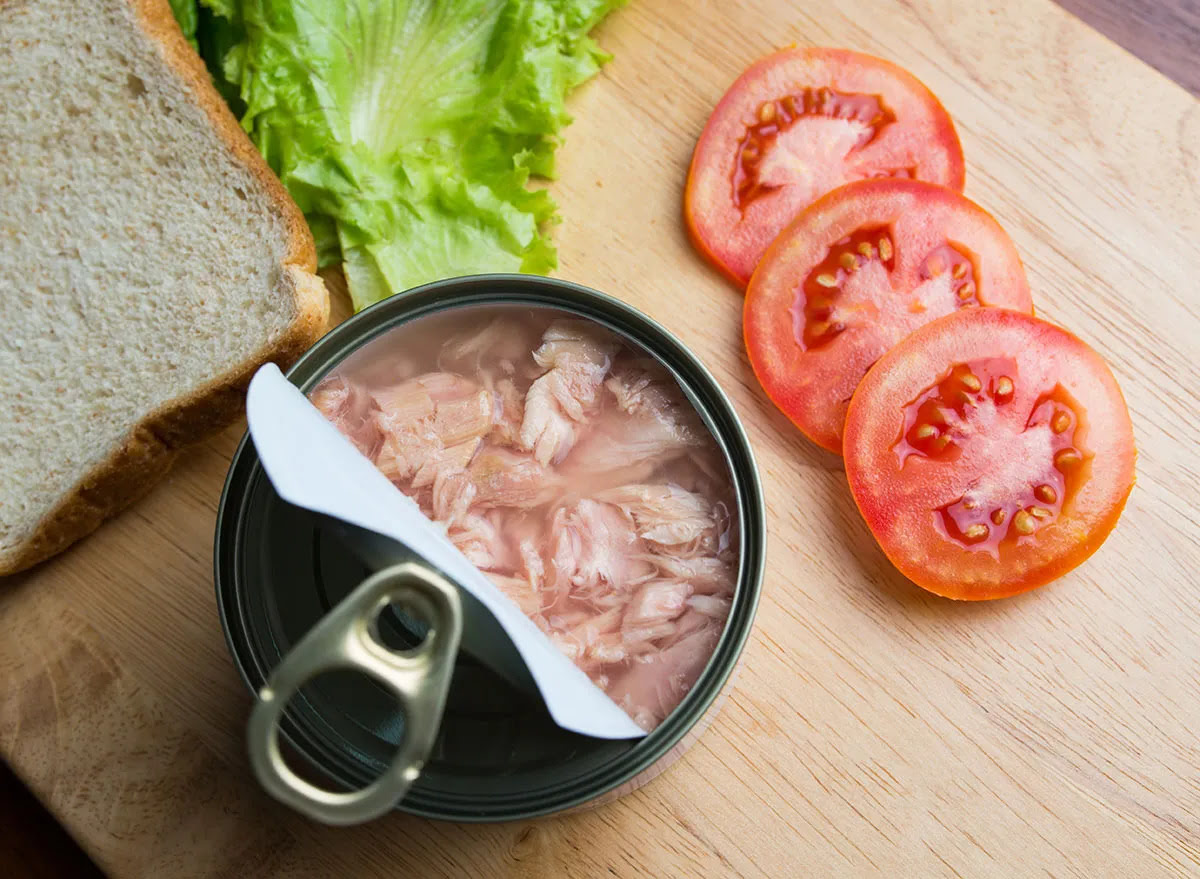
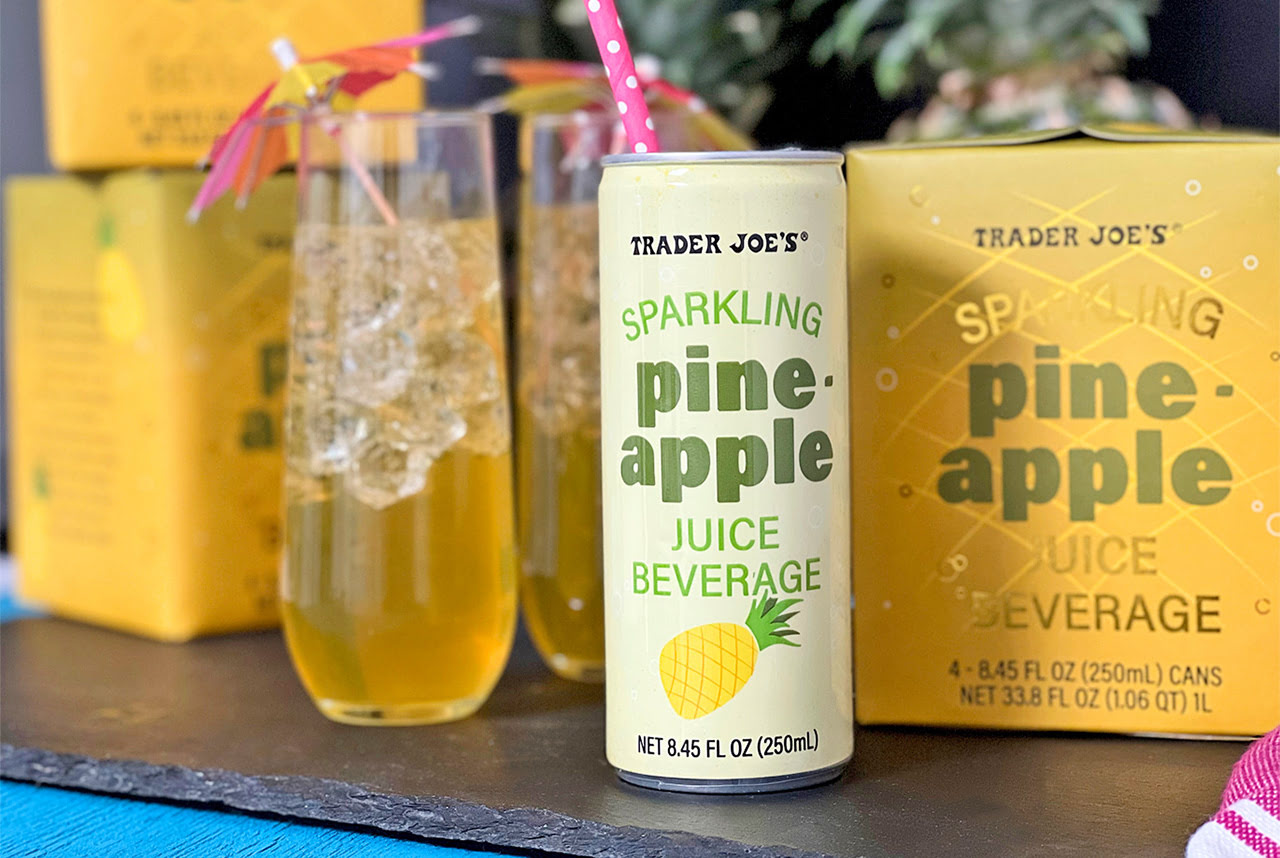
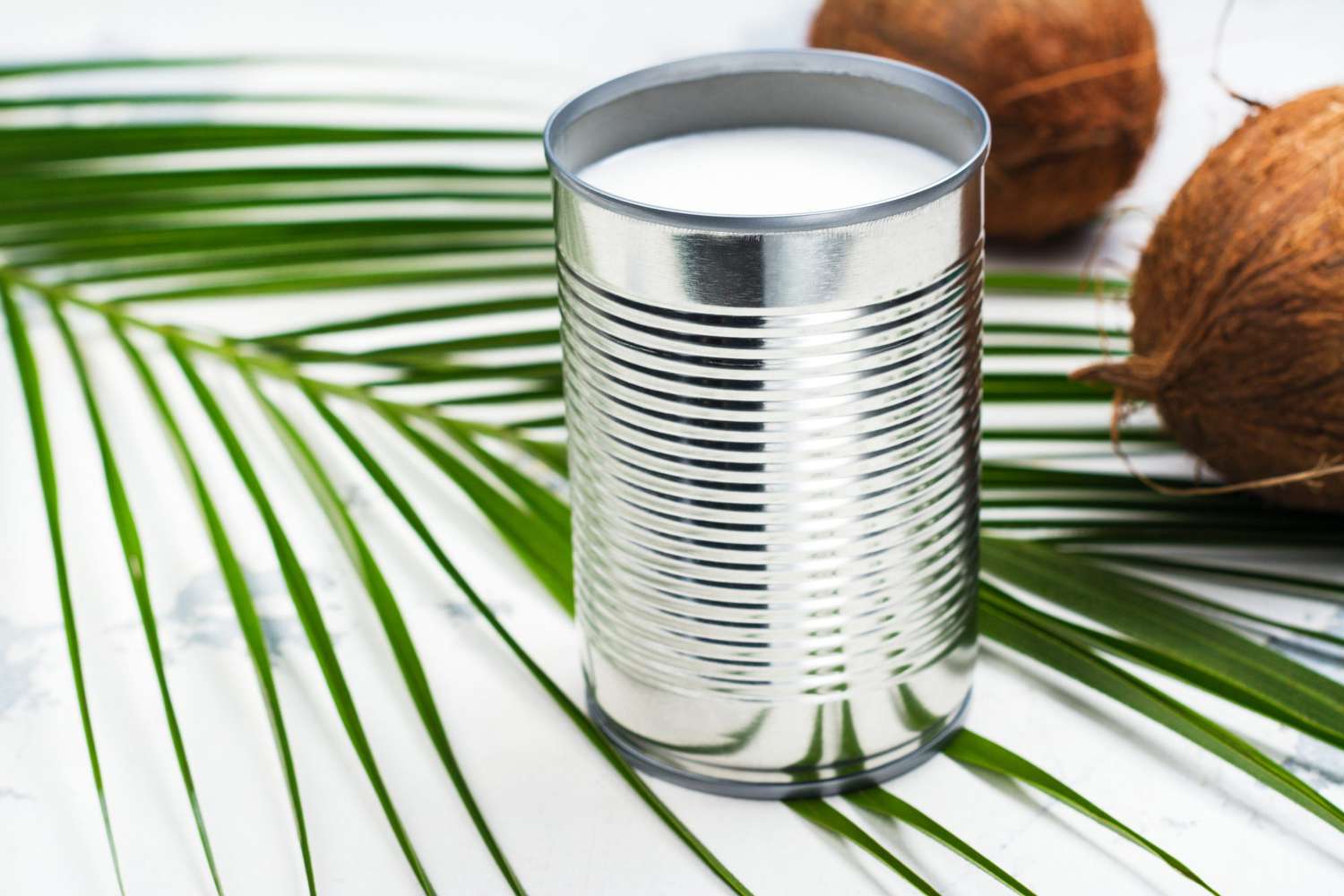
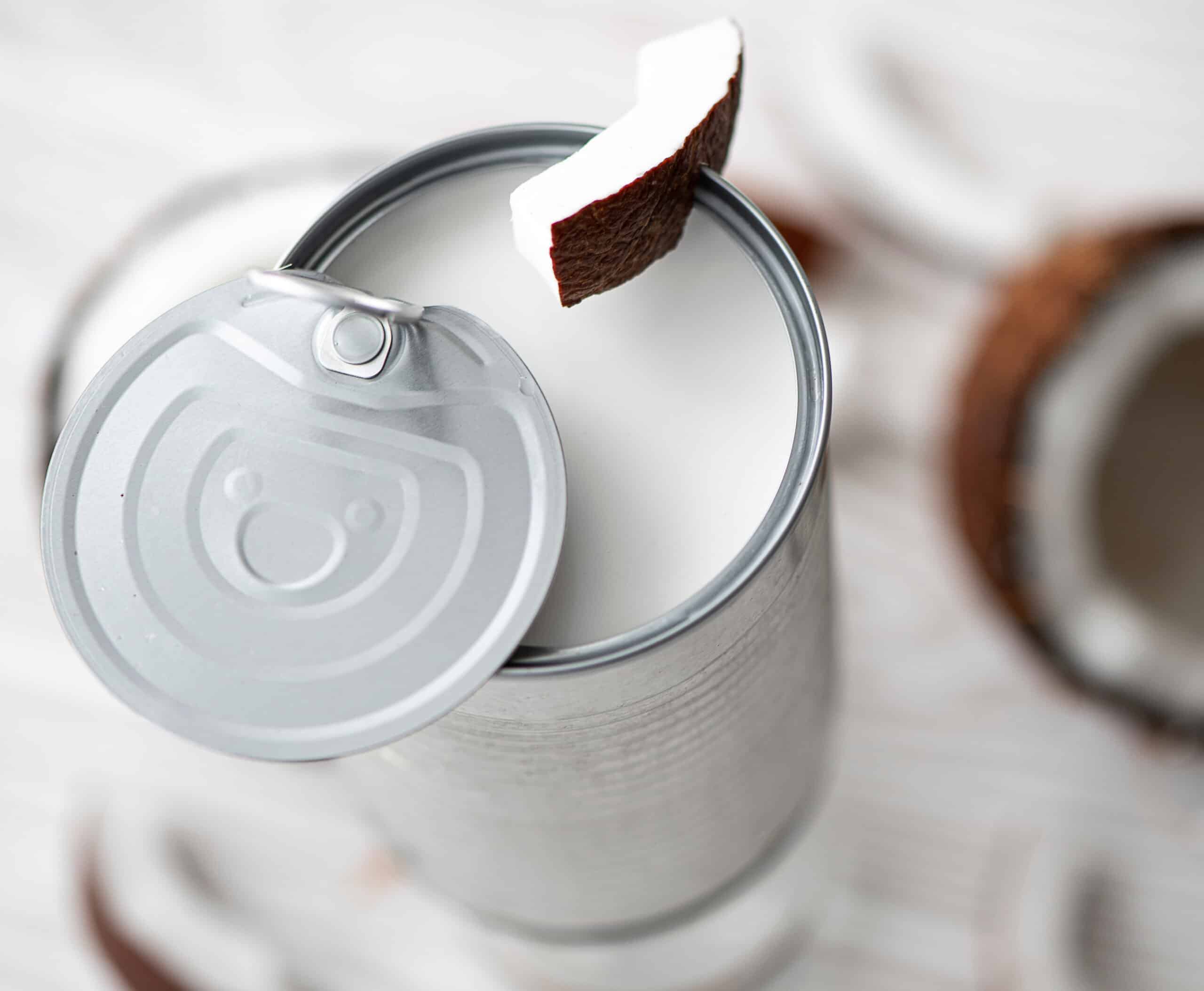
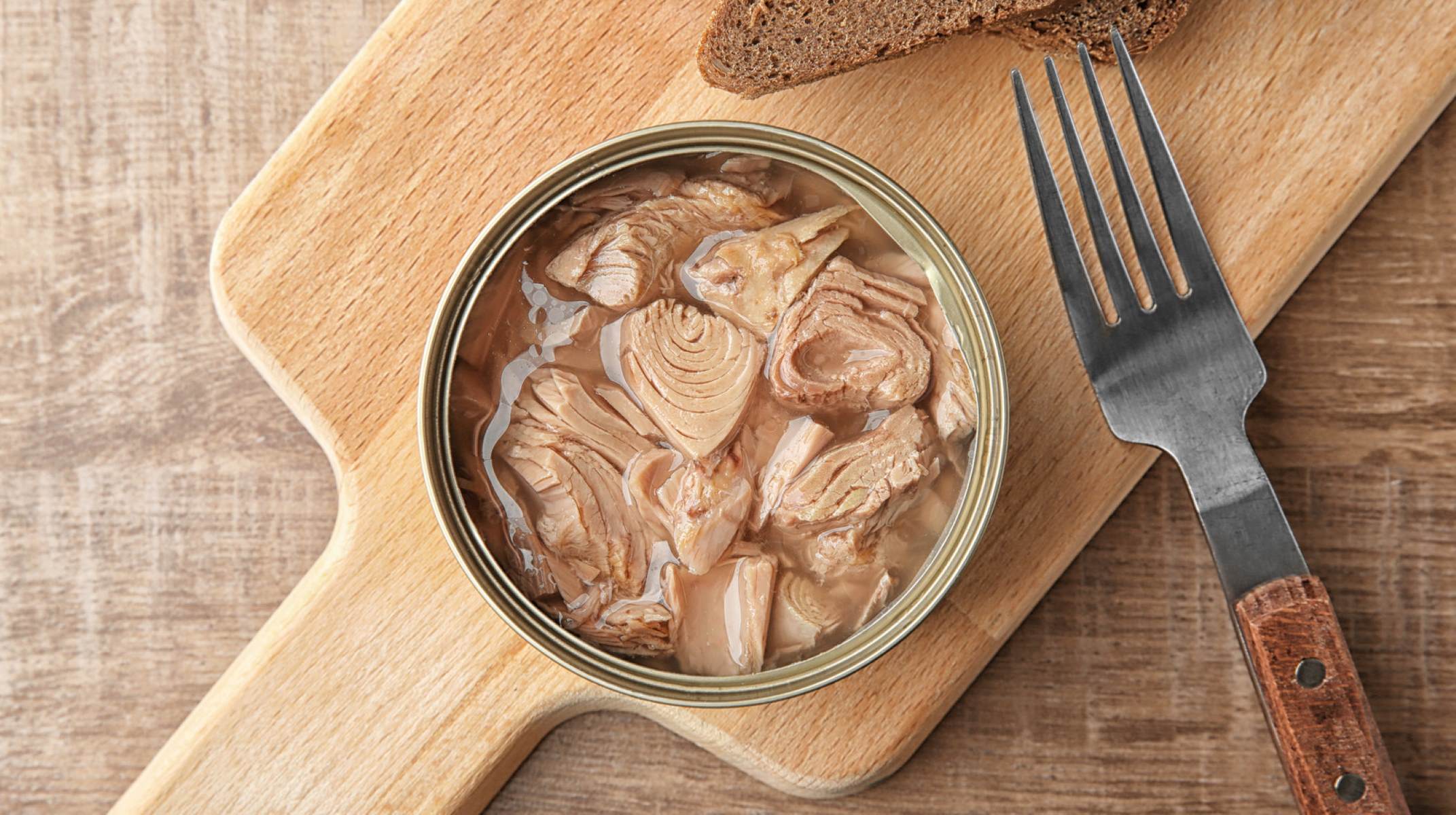
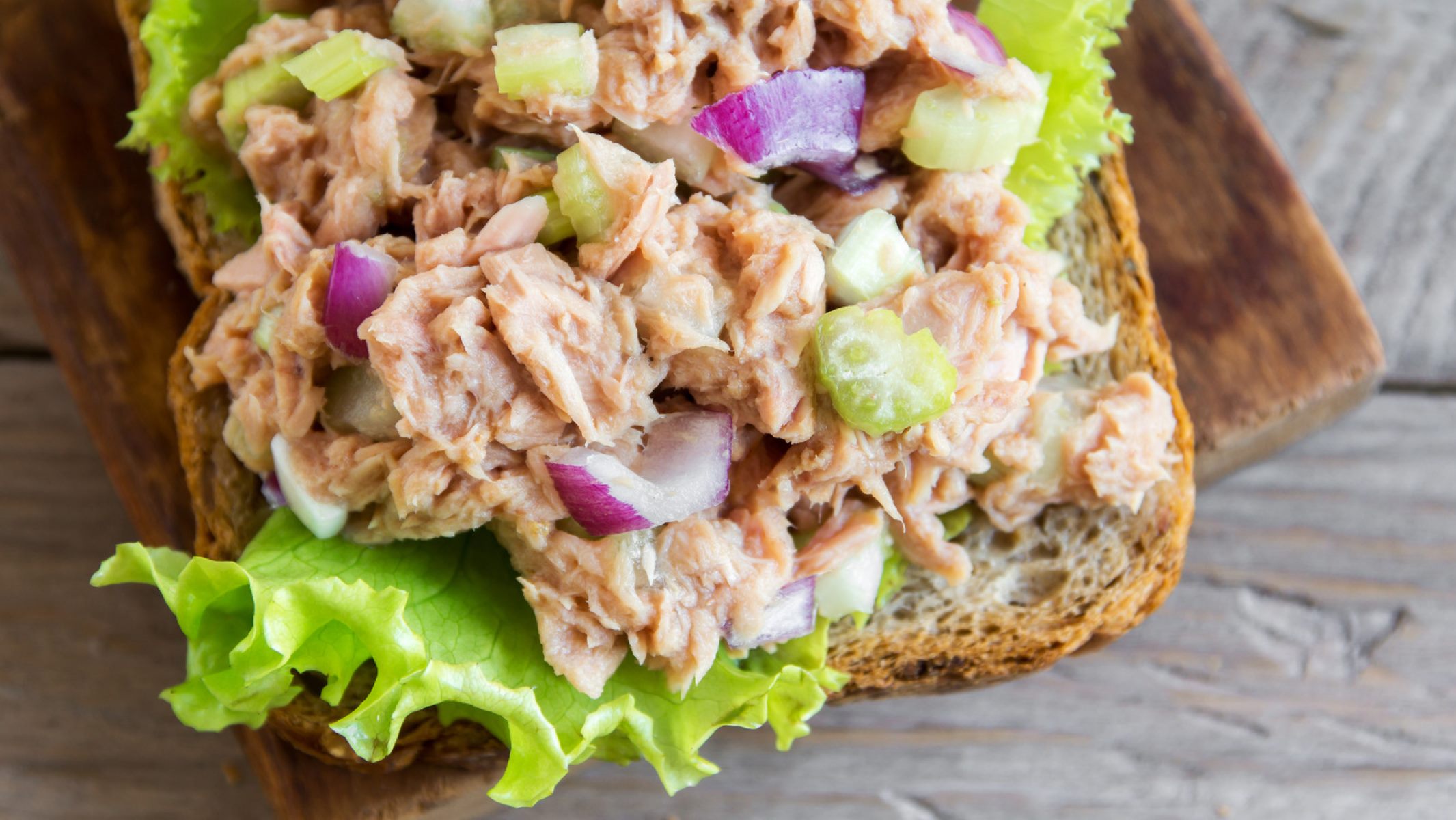


0 thoughts on “How To Store Canned Tuna After Opening”